By means of plotting find :
(a) the path of a light ray after reflectin from a concave and convex spherical mirrors (see Fig. where F is the focal point, OO' is the optical axis) ,
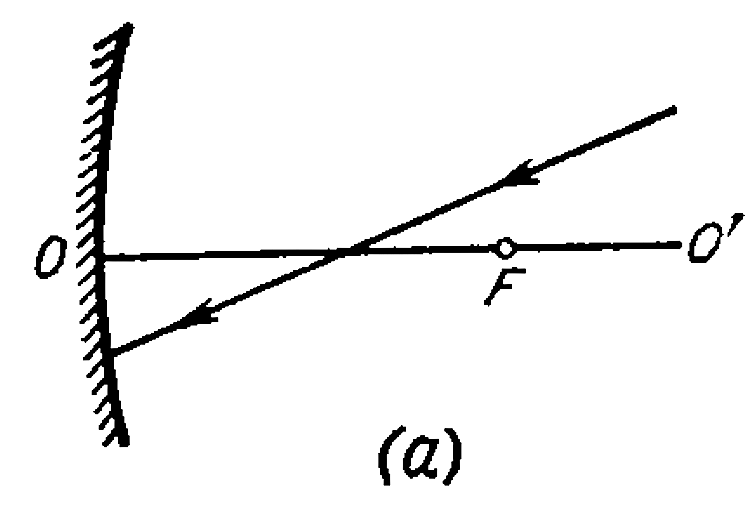
(b) the positions of the mirror and its focal point in the cases illunstrated in Fig. where P and P' are the conjugate points.
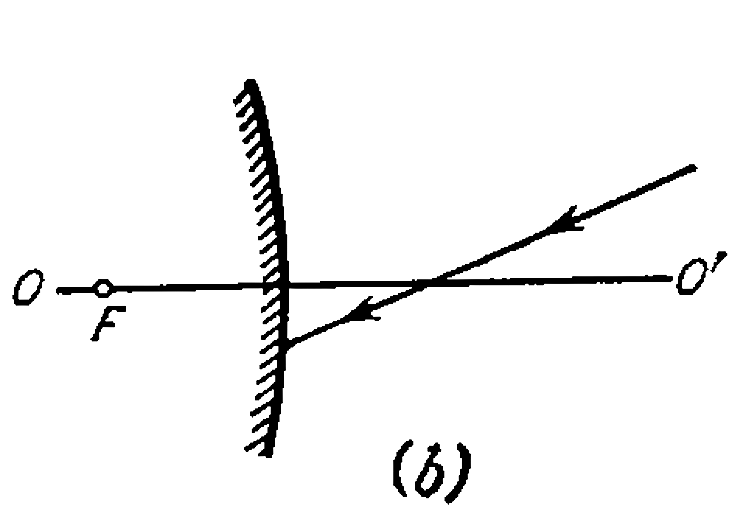
Look for a point O' on the axis such that OP' and O' make equal angles with O'O. This determines the position of the mirror. Draw a ray from P parallel to the axis. This must on reflection pass thorugh P'. The intersection o fthe reflected ray with principle axis determines the focus.

(b) Suppose P is the object and P' is the image. Then the mirror is convez beacuse the image is virtual, crect & diminished. Look for a point X (between P & P') on the axis such that PX and P'X make equal angle with the axis.
(b)

Topper's Solved these Questions
- BOOK - IE IRODOV, LA SENA & SS KROTOVCHAPTER - OPTICSEXERCISE - Interference Of Light33videos
OPTICS
- BOOK - IE IRODOV, LA SENA & SS KROTOVCHAPTER - OPTICSEXERCISE - Diffraction Of Light60videos
OPTICS
- BOOK - IE IRODOV, LA SENA & SS KROTOVCHAPTER - MECHANICSEXERCISE - Mechanics Problems92videos
MECHANICS
- BOOK - IE IRODOV, LA SENA & SS KROTOVCHAPTER - OSCILLATIONS AND WAVESEXERCISE - Electromagnetic Waves, Radiation36videos
OSCILLATIONS AND WAVES
Similar Questions
By means of plotting find :
(a) the path of a ray of light beyound thin converging and diverging lenses (Fig. where OO' is the optical axis, F and F' are the front and rear focal points),
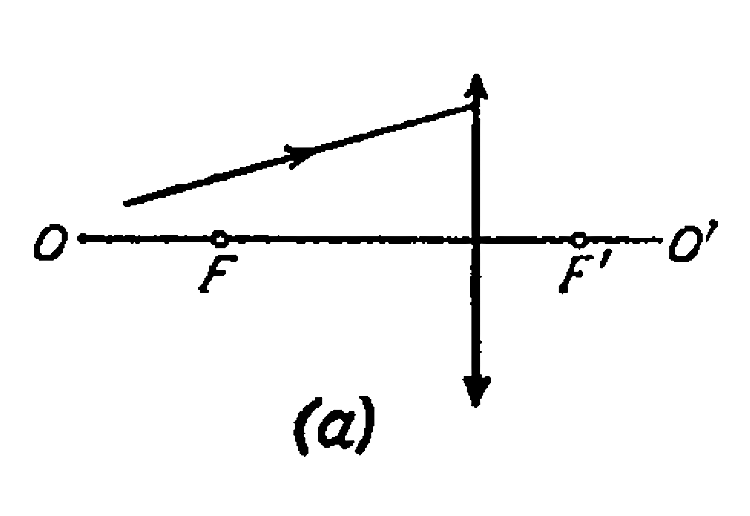
(b) the position of a thin lens and its focal points if the position of the optical axis OO' and the positions of the cojugate3 points P,P (see Fig.) are knows , the media on both sides of the lenses are identical,
(c ) the path of ray 2 beyond the converging and diverging lenses (Fig. ) if the path of ray 1 and the positions of the lens and of its

optical axis OO' are all known, the media on both sides of the lenses are identical.View SolutionA real object AB has its image as IM when placed in front of a spherical mirror. XY is the principal axis of the mirror.
(a) Draw a ray diagram to locate the position of the mirror and its focus.
(b) Find the focal length of the mirror.
 View Solution
View Solution
Knowledge Check
- Question 1 - Select One
A ray of light passing through A retraces its path on reflection from a concave mirror. If PA=30cm, what is the focal length of the mirror ?
A60cmB20cmC30cmD15cm - Question 2 - Select One
A point object is placed on the axis of the concave mirror at a distance of 60 cm from the focal point of the mirror. Its image is formed at the point of object then focal length of the mirror is
A15 cmB30 cmC60 cmD120 cm - Question 3 - Select One
Figure shows an object located at point P, 0.25 meter from concave spherical mirror with principal focus F. The focal length of the mirror is 0.10m How does the image change if the object is moved from point P toward point F?
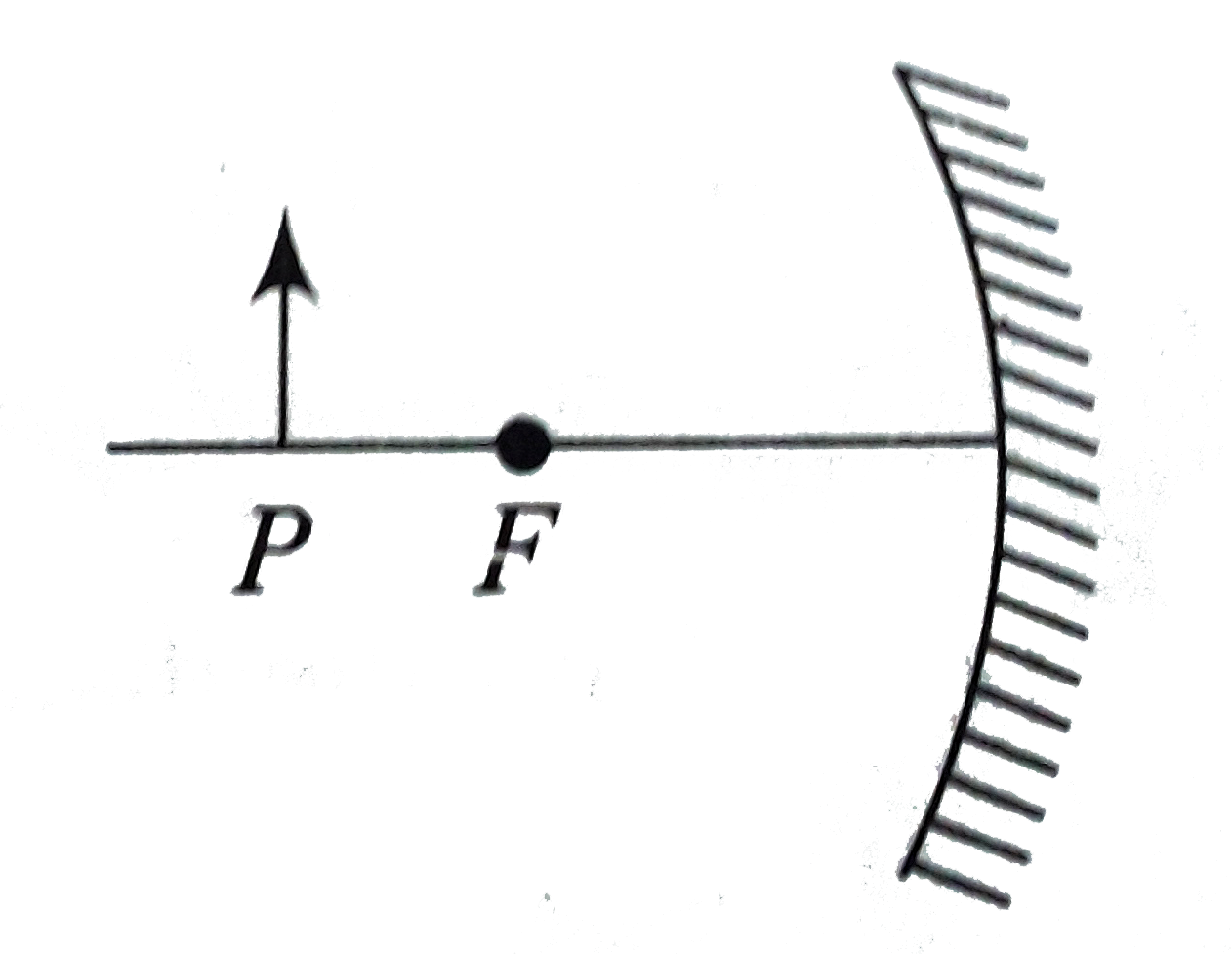 AIts distance form the mirror decreasesBThe size of image decreasesCIts distance from the mirror increasesDThe size of image increases
AIts distance form the mirror decreasesBThe size of image decreasesCIts distance from the mirror increasesDThe size of image increases
Point S′ is the image of a point source of light S in a spherical mirror whose optical axise is N1N2 (shown in Figure). Find by construction the position of the center of the mirror and its focus.
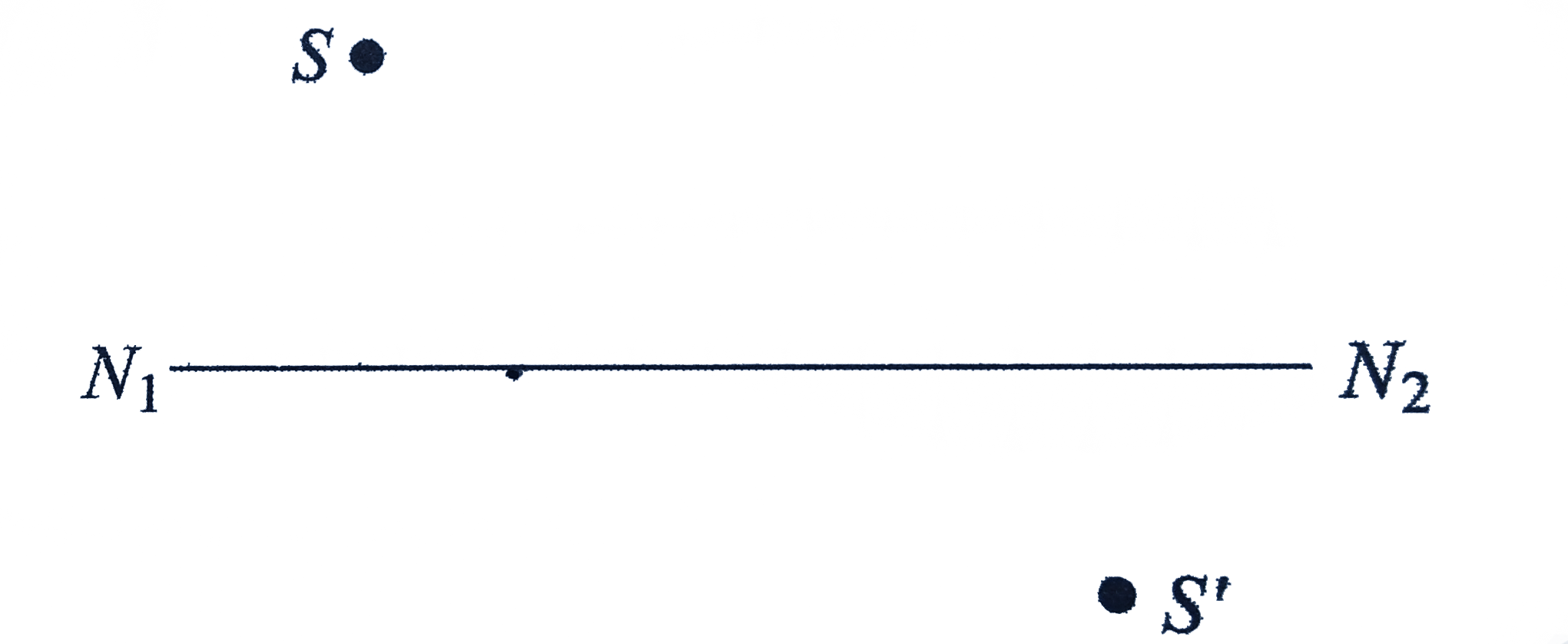 View Solution
View SolutionA converging beam of light rays in incident on a concave spherical mirror whose radius of curvature is 0.8m. Determine the position of the point on the optical axis of the mirror where the reflected rays intersect, if the extensions of the incident rays intersect the optical axis 40cm form the mirror's pole.
View SolutionAn object is placed 24 cm from a concave mirror. Its image is inverted and double the size of the object . Find the focal length of the mirror and the position where the image is formed.
View SolutionA 2 cm high object is placed at a distance of 32 cm from a concave mirror. The image is real, inverted and 3 cm in size. Find the focal length of the mirror and the position where the image is formed?
View SolutionA ray of light is incident on a convex mirror as shown in Fig.
Redraw the above diagram after completing the path of the light ray after reflection from the mirror.
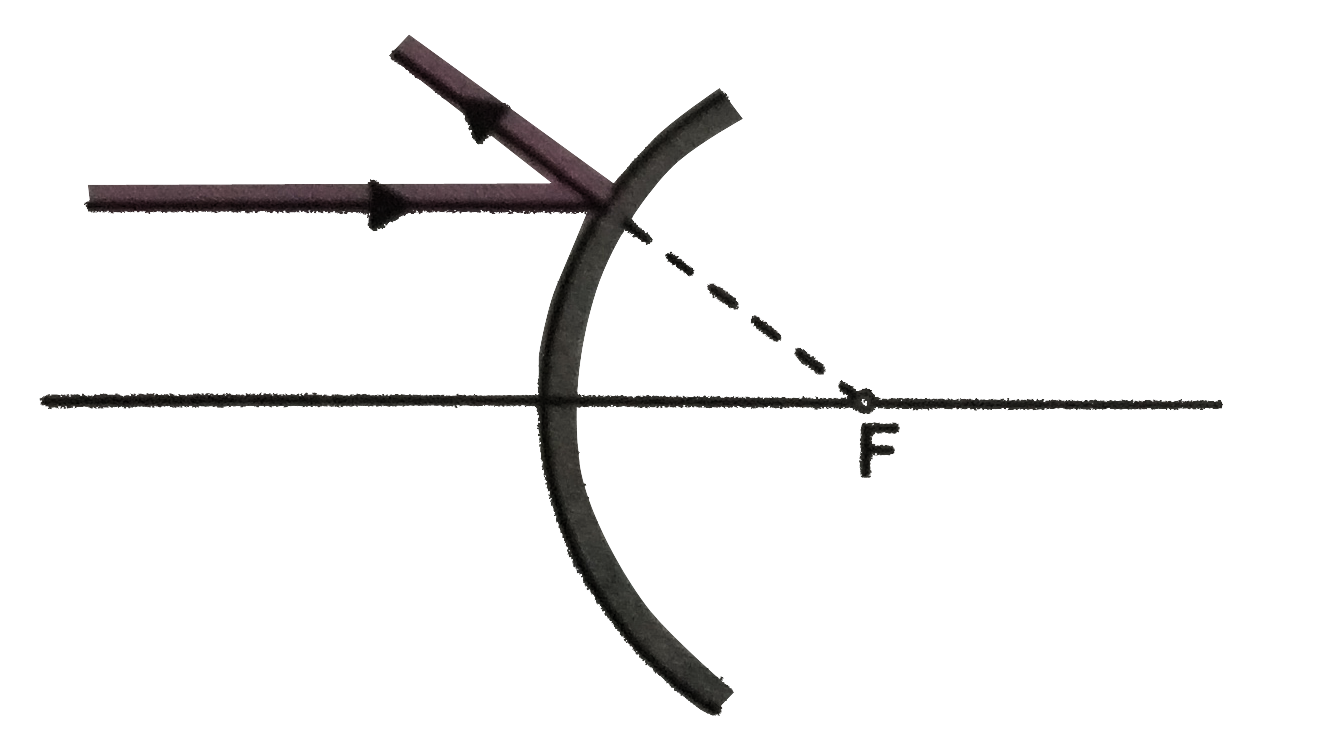 View Solution
View Solution

